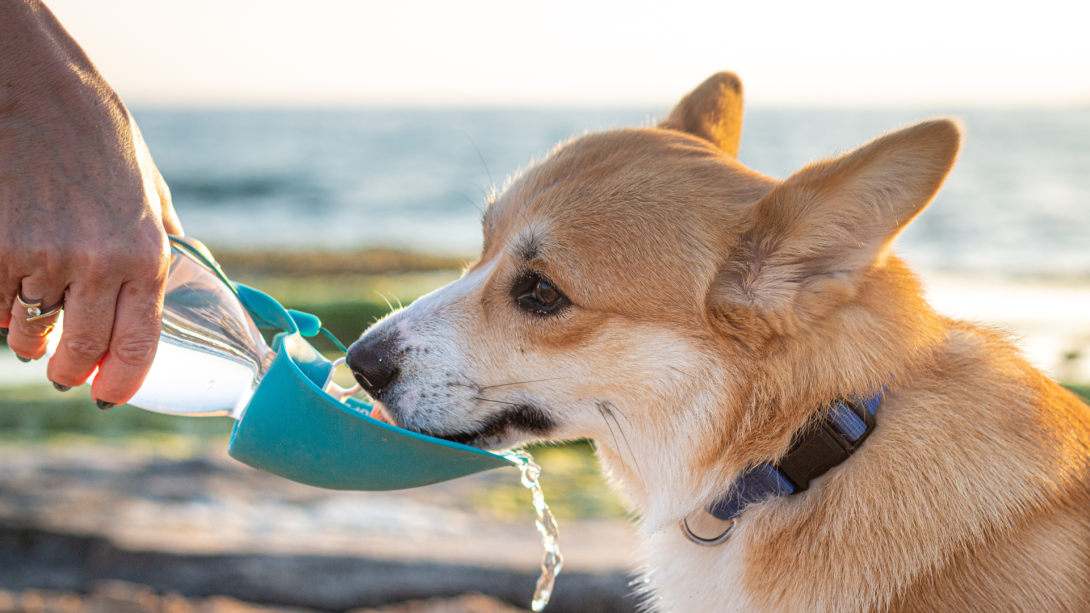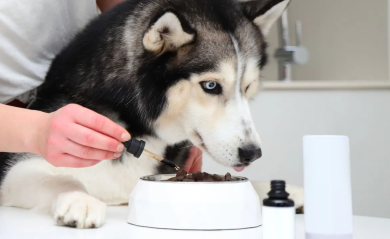Overheating: A Guide for Pet Owners
Summer is a great time of year for fun activities and adventures with your pet, but it's crucial to remember that they are vulnerable to overheating, especially as temperatures rise. Unlike humans, dogs have a limited ability to cool themselves down, making them more susceptible to heat-related issues. In this blog post, we'll delve into why dogs overheat, when this happens most often, and how you can prevent it to ensure your pet stays safe and comfortable.
Why Dogs Overheat
1. Limited Cooling Mechanisms: Dogs primarily cool themselves through panting and limited sweat glands located in their paw pads. This mechanism is far less efficient compared to human sweating. When the air temperature is close to or higher than their body temperature, panting becomes less effective.
2. Breed and Physical Characteristics: Certain breeds, especially brachycephalic (short-nosed) breeds like Bulldogs and Pugs, are more prone to overheating due to their narrow airways, which make breathing and cooling less efficient. Dogs with thick fur coats, such as Huskies and Malamutes, also struggle more in hot weather.
3. Environmental Factors: High humidity levels can exacerbate the problem because the air is already saturated with moisture, making it harder for panting to be effective. Enclosed spaces with poor ventilation, such as cars, can quickly become dangerously hot for dogs.
When Overheating Happens Most Often
1. During Hot Weather: Summer is a prime time for overheating incidents. Dogs can easily become overheated during walks, playtime, or even while lounging in the yard. It’s crucial to be extra vigilant during heatwaves or particularly hot days.
2. In Cars: A parked car can become a death trap within minutes, even with the windows cracked. On a 78°F (25°C) day, the temperature inside a parked car can soar to 100°F (38°C) in just minutes, posing a severe risk to dogs.
3. During Exercise: Physical activity increases a dog’s body temperature. Exercising in the heat of the day, especially without adequate breaks and water, can quickly lead to overheating.
How to Prevent Dog Overheating
1. Provide Ample Water: Ensure your dog always has access to fresh, cool water. Hydration is key to helping regulate their body temperature. Consider adding ice cubes to their water bowl on hot days for extra cooling.
2. Avoid Peak Heat Hours: Limit walks and exercise to the cooler parts of the day, such as early morning or late evening. If you must go out during the day, keep walks short and stay in shaded areas.
3. Create a Cool Environment: Make sure your home is cool and well-ventilated. Fans, air conditioning, or a cooling mat designed for dogs can help provide relief. If outside, ensure your dog has access to shaded areas and consider using a kiddie pool for them to splash in.
4. Never Leave Dogs in Cars: Even for a short time, never leave your dog in a parked car. If you need to run errands, leave them at home where it's safe and cool.
5. Use Cooling Products: Invest in cooling vests, bandanas, and mats. These products are designed to help lower your dog's body temperature and are especially useful during outdoor activities.
6. Recognize the Signs of Overheating: Early symptoms include excessive panting, drooling, and lethargy. More severe signs include vomiting, diarrhea, and uncoordinated movements. If you notice any of these symptoms, move your dog to a cooler area immediately and offer water. In severe cases, seek veterinary care promptly.
Conclusion
Preventing your dog from overheating requires awareness and proactive measures. By understanding the risks and implementing these preventive strategies, you can ensure your furry friend stays safe, healthy, and happy even during the hottest months. Remember, a little extra care can make a big difference in your dog's well-being. Stay cool, and keep those tails wagging!


 June 06, 2024
June 06, 2024
 0 comments
0 comments




 March 26, 2025
March 26, 2025






